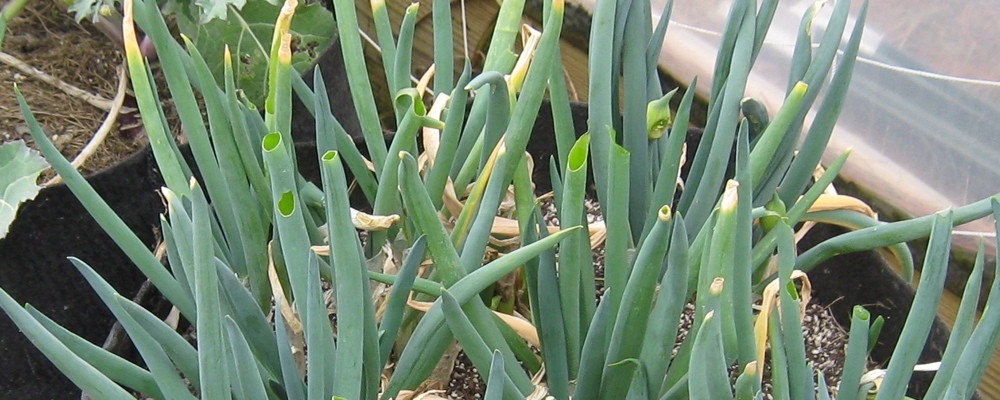Are you in need of in-depth knowledge on onion and garlic production? If yes, we are a call away. Contact us for: Onion seedlings, Garlic seedlings, Germinated garlic cloves, Farm planning services, Soil testing, training on onion and garlic growing, Drip irrigation installation and maintenance, Agronomic support, Onion and Garlic value pack and Farm management. For free consultation, placing orders or booking a visit with an agronomist, please contact us via Call or what’s app +254703982228, Email: Info@oniondoctor.co.ke. You can also check out our social media handles for daily updates on TikTok: https://www.tiktok.com/@oniondoctorke?_t=ZM-8wmsTu0qumO&_r=1 Instagram: https://www.instagram.com/oniondoctorke?igsh=MTVoaHF3aWUydTJzaQ==Facebook:https://www.facebook.com/share/16SwgYn2dG/ Youtube:https://youtube.com/@oniondoctorke?si=u5Jnd-r0qU9UDYqL and Twitter: https://x.com/OnionDoctorKe?t=FR3JXlS_oN1vjjUgAtfyzg&s=09
Pest Name: Cutworms
Scientific Name: Black Cutworm (Agrotis ipsilon)

Pest Stage and Life Cycle:
Cutworms are the larval stage of moths from the Noctuidae family. These nocturnal caterpillars feed on plants at night and hide in the soil or plant debris during the day. They cause significant damage to onion crops by cutting seedlings at the base, leading to poor stand establishment and reduced yields.
Description of Cutworms:
Cutworms are soil-dwelling larvae that attack young onion plants, cutting them off at or just below ground level. They hide in the soil during daylight hours and become active at night. The most common species affecting onions is the Black Cutworm (Agrotis ipsilon), though others like the Variegated Cutworm (Peridroma saucia) can also cause damage.
Symptoms of Cutworm Infestation in Onion Crops:
- Cut-Off Seedlings: Young onion seedlings appear “clipped” at ground level, lying wilted on the soil surface.
- Patchy Damage in the Field: Infestation occurs in irregular patches, with some areas showing complete plant loss while others remain unaffected.
- Missing Plants: Severe infestations can cause entire sections of the field to lose plants overnight.
- Presence of Larvae: Cutworms can be found curled in a C-shape under the soil near damaged plants during the day.
- Soil Disturbance: Loose or disturbed soil around affected plants indicates cutworm activity.
Causes of Cutworm Infestation:
- Favorable Conditions: Moist soil and dense plant debris create an ideal environment for cutworm survival.
- Presence of Weeds: Weeds provide alternate hosts for cutworm larvae.
- Continuous Cropping: Monoculture practices encourage cutworm buildup in onion fields.
Impact of Cutworms on Onion Farming:
- Crop Loss: Cutworms feed on seedlings and young onion plants, leading to significant stand reduction.
- Yield Reduction: Infestation results in uneven plant populations, leading to lower onion yields.
- Replanting Costs: Severe damage may require replanting, increasing production costs.
Prevention Measures for Cutworms in Onion Farming:
- Scouting and Monitoring: Regular field inspections help detect early infestations.
- Pheromone Traps: Monitoring moth activity helps time control measures effectively.
- Field Sanitation: Removing plant debris and weeds reduces cutworm habitats.
- Crop Rotation: Rotating onions with non-host crops lowers cutworm populations.
- Tillage: Plowing fields before planting exposes and kills larvae and pupae.
- Irrigation Management: Avoid excessive irrigation, as cutworms thrive in moist conditions.
Treatment Options for Cutworm Infestation:
Chemical Control:
- Chlorpyrifos: Organophosphate insecticide affecting the nervous system; applied as soil drench or foliar spray.
- Lambda-Cyhalothrin: Pyrethroid insecticide causing paralysis; effective as a foliar spray.
- Bifenthrin: Pyrethroid with residual soil activity; applied as a granular or liquid soil drench.
- Spinosad: Natural insecticide targeting the nervous system; applied as a foliar spray.
Biological Control:
- Parasitic Nematodes: Natural predators that target cutworm larvae in the soil.
- Bacillus thuringiensis (Bt): A biological insecticide that effectively controls cutworms without harming beneficial insects.
Integrated Pest Management (IPM):
- Combining cultural and chemical controls to reduce environmental impact.
- Applying chemical controls only when pest populations exceed economic thresholds.
Onion Doctor: Your Trusted Partner in Onion Pest Management
At Onion Doctor, we support smallholder farmers across Africa with expert pest control solutions, high-quality Onion and Garlic seedlings, Soil Testing, Drip Irrigation Installation & Maintenance, Agronomic Support, Onion & Garlic Value Pack Solutions, Farm Management, E-extension Services, and On-Farm Training.
For professional guidance on controlling cutworms and other pests affecting onion farming, visit Onion Doctor today!
#OnionDoctor #OnionFarming #CutwormContro#OnionPestManagement